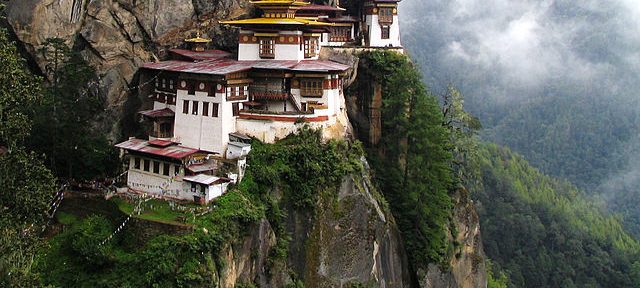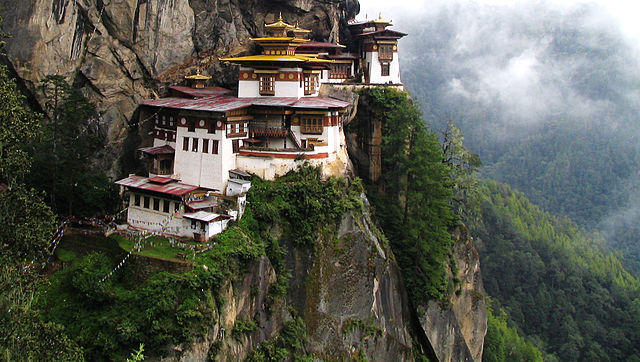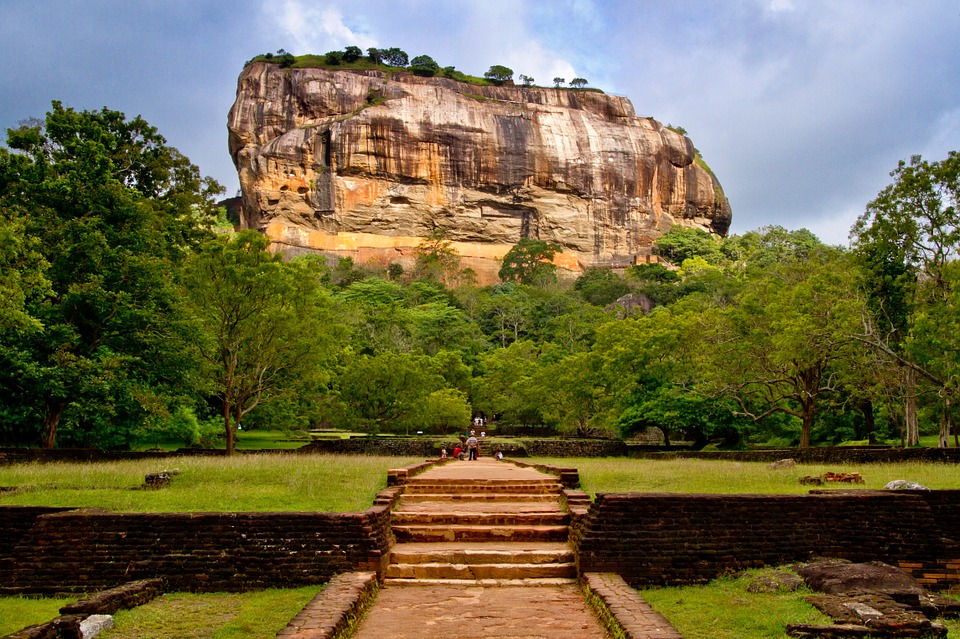The idyllic island nation of Sri Lanka offers many delights for the visitor from overseas and significant amongst these is the array of water sports that may be enjoyed on the country’s attractive beachfront locations.
The beaches of Sri Lanka
The beaches of Sri Lanka also offer delightful conditions for a number of other water sports. These include surfboarding and waterskiing, two popular water sports which are much loved by enthusiasts.
Bentota
The golden sandy beaches, the waves, the surf all bring about an exhilarating beach experience to Bentota, the wind surfer’s paradise. Being a popular tourist hotspot, visitors can also go on a river cruise in Sri Lanka offered by places such as Yathra by Jetwing, along the beautiful and mysterious Bentara River.
Diving
For deeper exploration, diving in Bentota is a great option to try. Those without proper diving certification will have to get certified at a training centre. You will be rewarded with a chance to experience mesmerising sights deep beneath the waters where you will find everything from colourful coral to fascinating fish species.
Banana Boat Rides
A banana boat is a type of large inflatable tube that participant can sit on; of course merely sitting will not suffice for you will also have to hold on and enjoy the ride as it gets pulled by a speedboat at exhilarating speeds.

![Kung Krabaen, Chantaburi province, Thailand| Img. By Sean.hoyland (Own work) [Public domain], via Wikimedia Commons](https://www.theadventuretravelsite.com/blog-data/uploads/2017/06/Lumnitzera_racemosa_-_Kung_Krabaen_Chantaburi_province_Thailand-e1498545544997.jpg)




